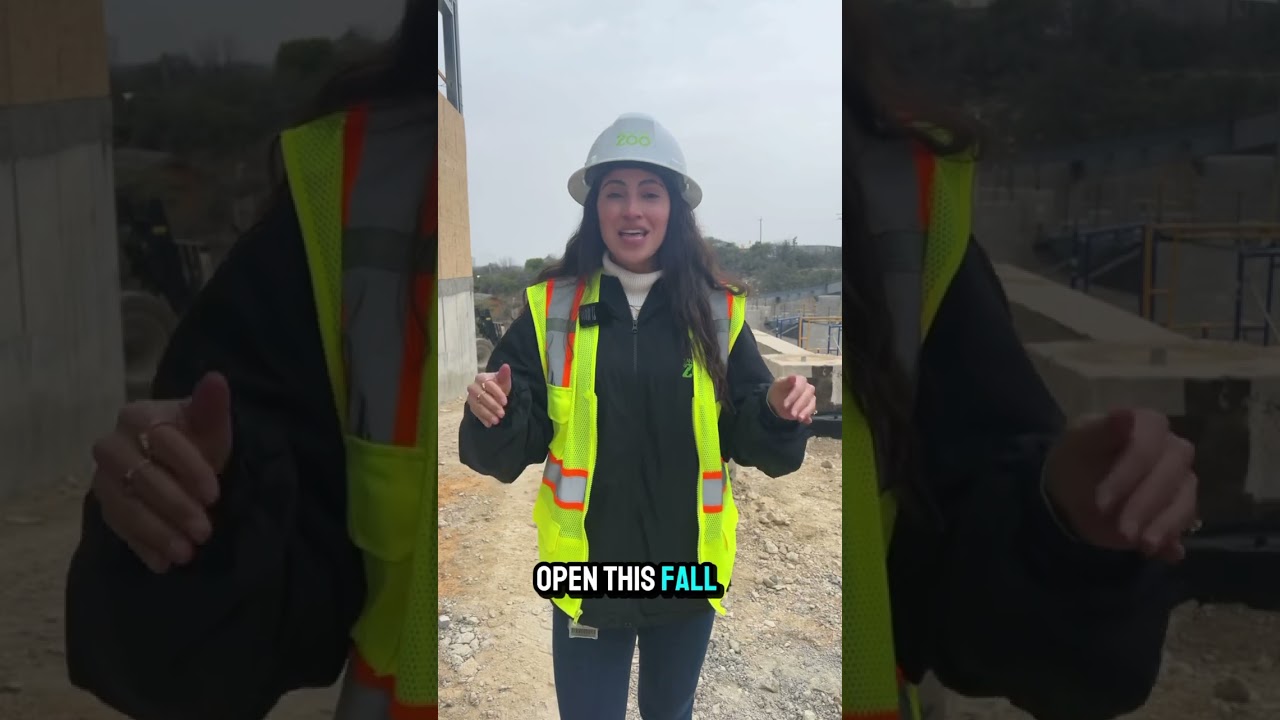- Insights into The Ralston & Congo Falls’ construction progress, focusing on how modern zoological principles are guiding their development.
- Exploration of the innovative habitats being created at The Ralston & Congo Falls, reflecting a commitment to animal welfare and naturalistic design.
- An overview of the conservation efforts integrated into the planning and operation of The Ralston & Congo Falls, highlighting partnerships and research initiatives.
- The role of visitor education and engagement in fostering a connection between people and wildlife at The Ralston & Congo Falls.
- A glimpse into the future: what The Ralston & Congo Falls signify for the evolving landscape of zoo design and wildlife conservation.
The construction updates of The Ralston & Congo Falls are generating considerable interest, not only for their architectural grandeur but more so for how these projects embody the latest advancements in zoology, zoo management, and wildlife conservation. These developments, scheduled to open later this year, present a compelling narrative on the synthesis of scientific principles and practical application in creating environments that prioritize the needs and well-being of the resident species while offering educational and engaging experiences for visitors.
At the core of The Ralston & Congo Falls’ construction lies a deep commitment to modern zoological principles. This manifests in the approach to habitat design, which goes beyond mere enclosure to recreate ecosystems that mirror the animals’ natural environments as closely as possible. This method supports intricate behaviors, stimulates physical and mental health, and offers a platform for breeding programs essential for the preservation of endangered species. By utilizing sophisticated technologies and materials, the designers are able to simulate various environmental conditions, ranging from climate to vegetation, ensuring a dynamic and stimulating habitat for the animals.
The innovative habitats at The Ralston & Congo Falls serve as a testament to the evolving understanding of animal welfare in zoological settings. For example, the partitioning of spaces within an enclosure allows for intricate social structures to develop among the animal communities, mirroring the social hierarchies and interactions that would occur in the wild. Water features within these habitats not only serve aesthetic purposes but are crucial for certain species’ bathing, hydration, and play, reflecting the multidimensional benefits of thoughtful design.
Conservation efforts are woven into the fabric of The Ralston & Congo Falls, illustrating a holistic approach to zoo management that extends beyond the immediate confines of the facility. These efforts include partnerships with local and international wildlife conservation organizations, funding and conducting research projects aimed at protecting endangered species, and restoring natural habitats. The projects place a strong emphasis on genetic diversity, participating in global breeding initiatives to ensure healthy, sustainable populations of various species.
Educational programs and visitor engagement are pivotal elements of The Ralston & Congo Falls’ mission, designed to foster a deeper understanding and appreciation for the natural world. Through interactive displays, guided tours, and informational panels, visitors gain insights into the lives of the animals, the challenges they face in the wild, and the conservation strategies employed to protect them. This direct experience aims to inspire action among visitors, encouraging them to partake in conservation efforts in their communities and beyond.
Looking forward, The Ralston & Congo Falls represent a significant milestone in the evolution of zoo design and wildlife conservation. These projects serve as a model for how zoos and similar institutions can function as centers of conservation, education, and research. By bridging the gap between humans and the natural world, The Ralston & Congo Falls are poised to play a critical role in shaping the future of species preservation and wildlife appreciation, echoing the broader shift toward more sustainable and ethical interactions with our planet’s diverse ecosystems.
As the opening date draws near, anticipation builds not only for the unveiling of these state-of-the-art habitats but also for the wider impact these projects are expected to have on enhancing public awareness and involvement in conservation initiatives. The Ralston & Congo Falls are set to redefine the zoo experience, highlighting the pivotal role these institutions play in the global effort to understand, preserve, and celebrate the wonders of the natural world.
*****
Source Description


